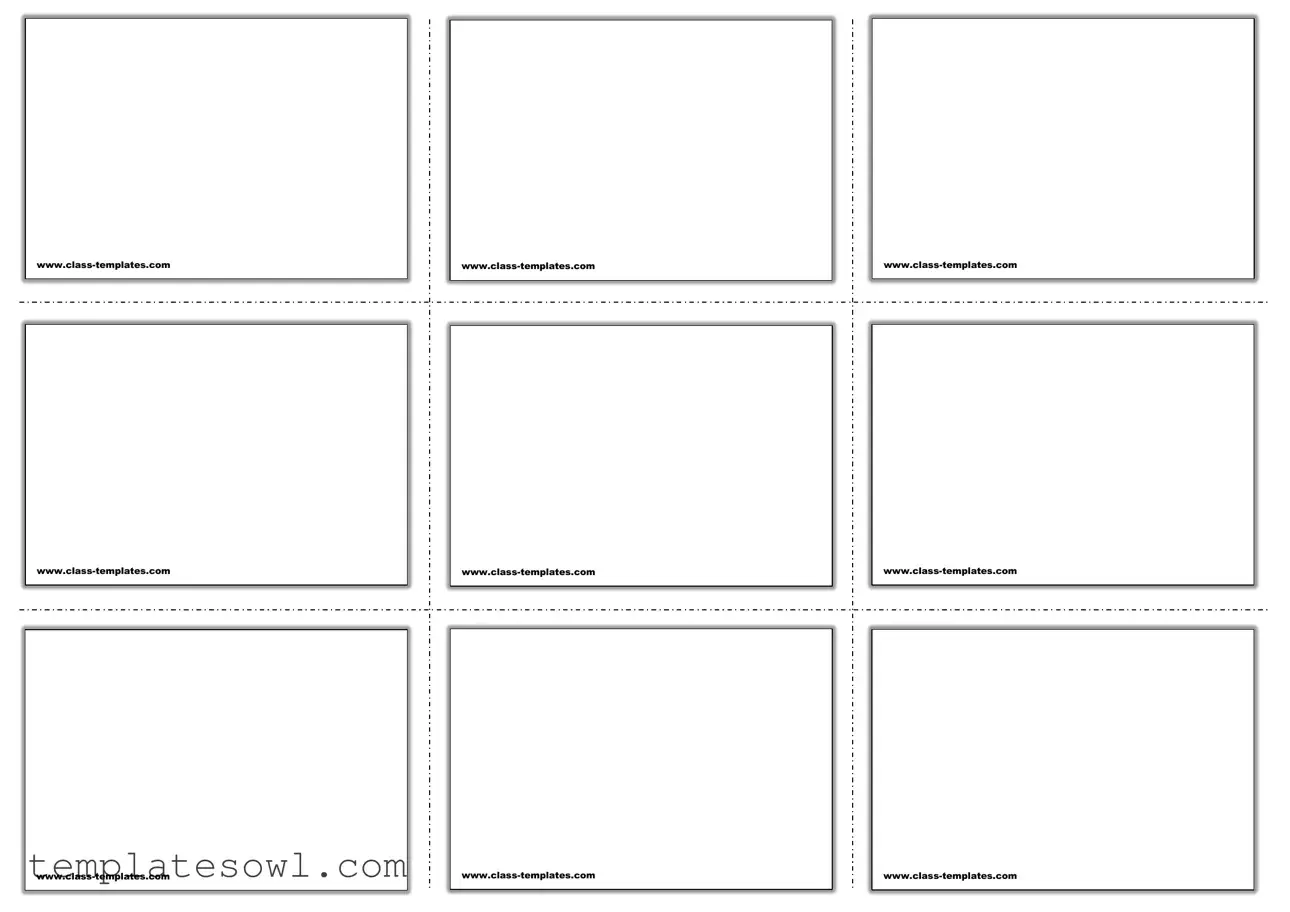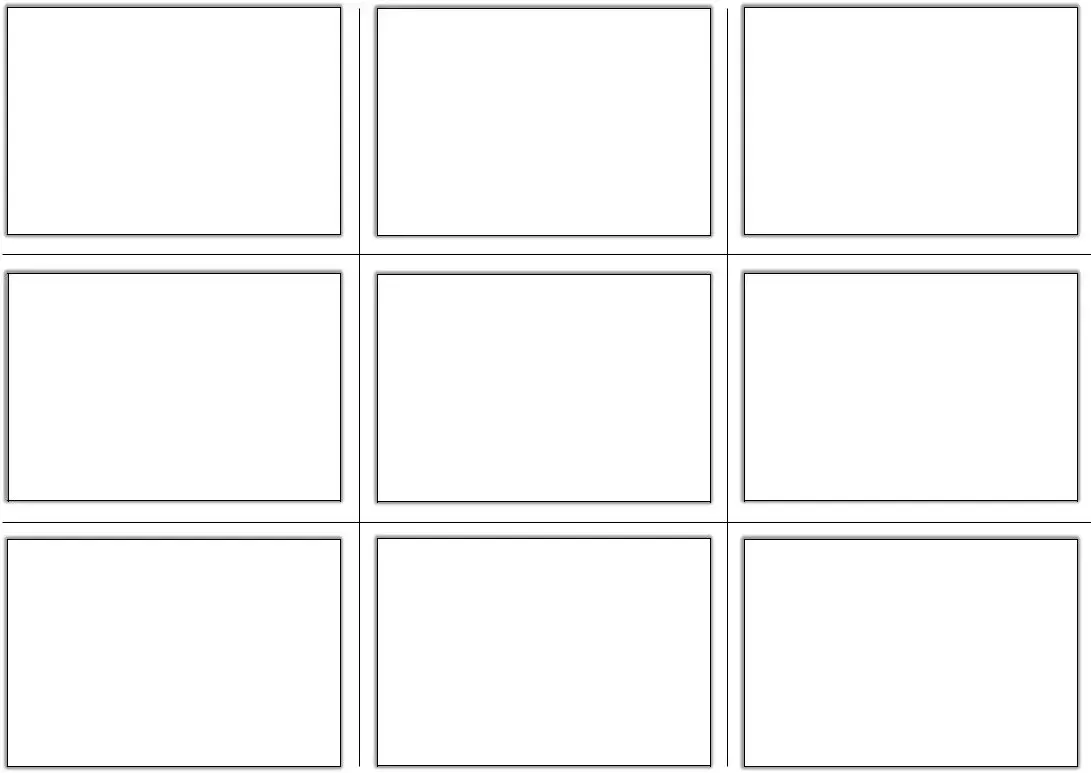What is the purpose of the Flash Card form?
The Flash Card form is designed for educational purposes. It enables users to create flashcards, which are effective tools for memorization and study. These flashcards can help reinforce learning by allowing for active recall and spaced repetition, both of which enhance memory retention.
How is the Flash Card form structured?
The form is organized into several sections, each representing a single flash card. Each section is uniform in size and shape, which facilitates easy cutting and usage. This consistency allows users to create numerous flashcards that look visually appealing and are practical to handle.
Can I customize the content on the flashcards?
Yes, each flash card has designated areas for writing content. Users can enter specific information relevant to their study topics. This allows for personalization, ensuring that the flashcards meet individual learning needs. Whether you are preparing for an exam or trying to master new vocabulary, you can tailor the content accordingly.
Is the Flash Card form suitable for all ages?
The Flash Card form is appropriate for learners of all ages. Whether for children, students, or adults, it serves as a versatile educational tool. Its simplicity makes it easy for anyone to use effectively. Parents, teachers, and students can all benefit from integrating flashcards into their learning strategies.

